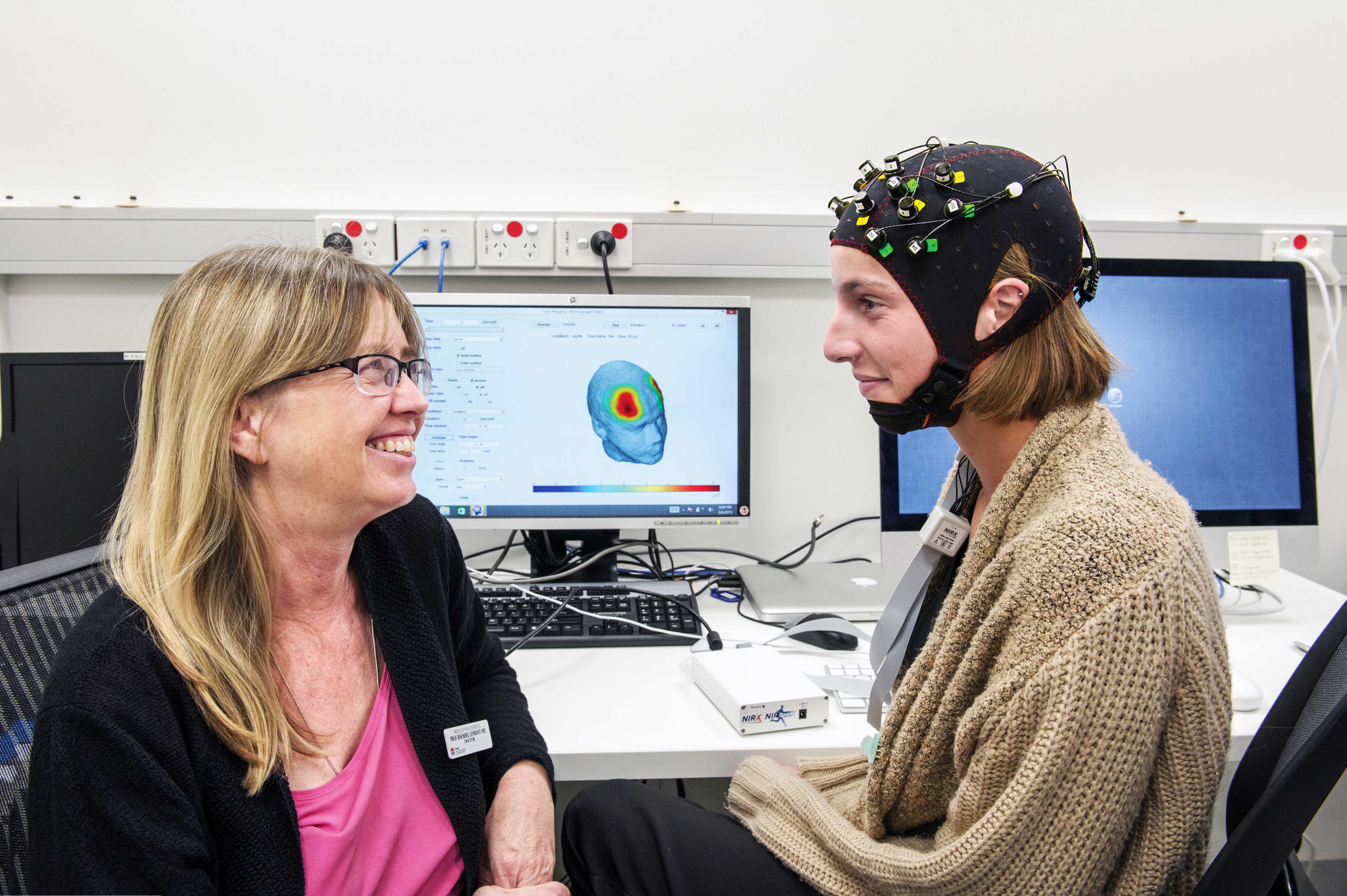World Autism Awareness Day
The United Nations World Autism Awareness Day is 2ndApril. This year, the agenda is “Inclusion and Neurodiversity”, chosen to highlight the need to make sure individuals with autism are fully included in society, and recognized as members of the great diversity of humankind, with their own unique and important contributions.
The notion of diversity brings up the question of how to think about the differences between individuals when doing research. Every person with autism is unique. But in order to understand what causes autism and develop treatments, one somehow has to figure out what different people with autism might have in common as well. The most clearly shared domain is the behaviors that are the basis for the diagnosis of autism, such as difficulty with social communication or tolerating change. Even within these there can be great variation in the type or severity, as well as the presence of the many other conditions frequently found in people with autism such as sensory abnormalities or anxiety. Findings regarding the underlying neurobiological differences have shown that there is even more heterogeneity there – at this point hundreds of different genes have been shown to increase the risk of autism, and there is evidence to suggest a variety of environmental factors may be playing a role as well. It isn’t known yet which of these biological differences may be important functionally, for example in predicting how someone with autism may respond to a particular treatment.

Prof Rhoshel Lenroot
What to do? One approach is to look for subgroups of individuals within the umbrella of the autism spectrum disorders who may share specific neurobiological traits that might be related to clinical outcomes. At NeuRA, Prof Rhoshel Lenroot and her group, together with collaborator Prof Valsamma Eapen of UNSW, are carrying out two studies using this approach in children with autism, funded by the Cooperative Research Centre for Living with Autism (www.autismcrc.com.au). PhD student Lidan Zheng is leading a study in children with autism aged 8-12 years. One of the differences that can be seen in children with autism is that some of them have gradually less severe symptoms as they become adolescents, others may develop new problems such as worsening depression or irritability, and others stay the same. This is an important age range, because it is a time when factors related to pubertal development are starting to affect the brain. In this study, Lidan is obtaining magnetic resonance imaging (MRI) and other measures of clinical and cognitive function, and then following the children for a year to see whether any factors at baseline may predict how they are doing a year later.
A second study, led by PhD student Amanda Mazzoni and postdoctoral fellow Jason Bruggemann, is using an innovative technology called functional near-infrared spectroscopy (fNIRS) to study brain function in children aged 3-6 with autism spectrum disorders. It is challenging to study brain function in young children, as they have difficulties with many common techniques – for example, imagine trying to get a 4 year old to stay still in an MRI scanner! fNIRS has been gaining increasing attention as a technique to measure brain activity that may be more tolerable for this age group. In fNIRS, changes in brain activity are measured in terms of changes in blood flow, similarly to fMRI. However, fNIRS measures changes in blood flow by shining low frequency light from small “optodes” mounted in a cap down through the skin, muscles, and skull around the brain. Based on the properties of the light that is reflected back up from brain tissue to other optodes in the cap sensitive to this light, it is possible to determine if there have been changes in brain activity during a particular task. fNIRS is less sensitive to motion, so this can be carried out while the child is in a regular room they are familiar with, or even sitting in a parent’s lap. In this study, we are studying whether participation in a high-intensity intervention for children with autism results in changes in brain activity related to social stimuli, such as listen to someone talking. In addition to this, we are hoping to see if there are any differences in brain activity in those children who seem to respond particularly well to the intervention, versus those who don’t show very much improvement.
I was contacted not long ago by someone who had a child with autism, who wanted to know if I could do an MRI to determine what the best treatment would be for their child. I had to tell them that although it was a very reasonable question, we just don’t know enough to do that yet. Much of the research up to now has been focusing on trying to identify what is the same among people with autism. But hopefully we will move towards better understanding and appreciating the diversity of people with autism, not only in research, but also in appreciating their contributions to society as a whole.
For more information about the United Nations World Autism Awareness Day, see
http://www.un.org/en/events/autismday/
For more information about autism studies at NeuRA, see
https://www.neura.edu.au/health/autism
